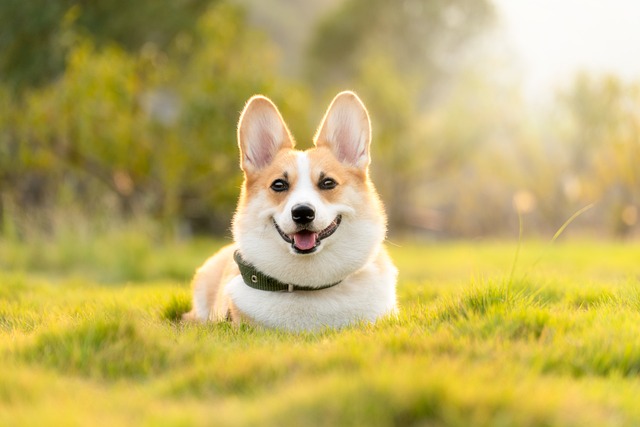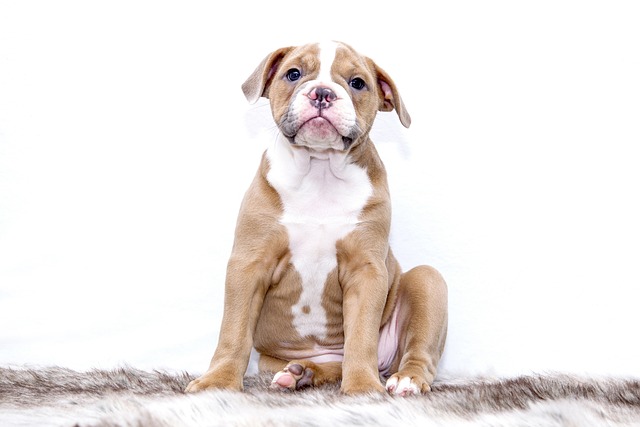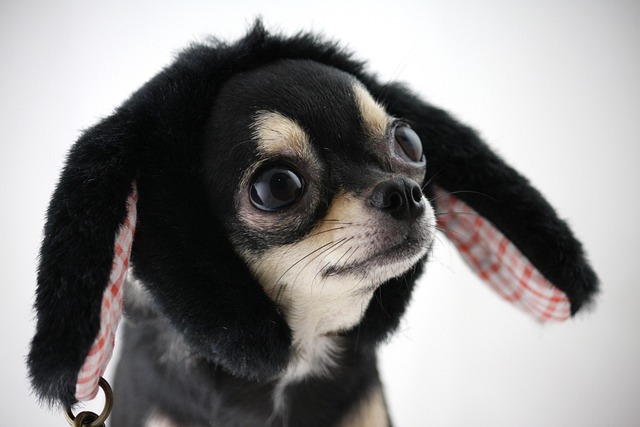
what to take camping for a dog
Preparing your dog for camping requires more than just extra food and a leash—it's about creating a mobile version of their home safety net.
Dogs don’t just hear your words; they’re masters at reading your entire physical presence. Thanks to thousands of years of domestication, dogs have evolved an remarkable ability to interpret human body language, often better than we read each other. Research from journals like Animal Cognition shows dogs can distinguish between subtle human gestures—like a slight shift in posture or a change in gaze direction—to gauge intent and emotion. They notice when your shoulders tense during a stressful work call or when your breathing slows as you relax. This isn’t just intuition; it’s a survival skill refined through centuries of partnership.
The science behind this ability lies in canine observational learning. Dogs scan human faces the way we scan documents, focusing especially on the eyes and mouth for clues. A 2018 study found that dogs’ brains process human emotional expressions in a way similar to humans, activating corresponding neural pathways for joy, anger, or anxiety. They also associate repeated patterns: if you always reach for the leash when wearing sneakers, they’ll learn to connect footwear with walks. This isn’t just cute—it’s evidence of complex cross-species communication.
You can use this knowledge to build better communication with your dog. Use consistent, clear gestures for commands—pointing clearly toward the door for "outside," or patting your thigh for "come." Avoid mixed signals, like saying "it’s okay" while your body radiates tension during a thunderstorm; your dog will trust your posture over your words. Reinforce calm, confident energy; if you act assertively but kindly during introductions to new dogs or people, your pet is more likely to mirror that behavior. This isn’t about dominating your dog—it’s about communicating with mindful consistency, a core principle of modern positive reinforcement training.

This awareness also ties into broader responsible ownership practices. In the U.S., leash laws require dogs to be under control in public—something far easier when your dog responds to your subtle cues rather than needing loud verbal commands. Keeping your dog’s rabies vaccination current isn’t just a legal must; it’s part of the social contract that lets your dog safely interact in spaces where reading people and pets matters, like busy parks or pet-friendly cafes. And yes, always carrying waste bags isn’t just polite—it’s legally required in cities from Portland to Philadelphia, with fines that can hit $250.
For apartment living, this skill is golden. In tight shared spaces like elevators or lobbies, a subtle step backward or a calm hand signal can prevent your dog from rushing toward strangers or other pets. Not everyone loves dogs, and respecting that is part of urban etiquette. Use positive reinforcement—like treats for calm behavior—rather than jerking the leash or scolding, which can increase anxiety and confusion. This approach aligns with cultural norms across the U.S. and EU that reject punitive training.
So the next time your dog reacts to your mood before you speak, remember: they’re not psychic, just incredibly attentive. Your body tells a story they’ve learned to read—and with a little awareness, you can make it a bestseller for both of you

Preparing your dog for camping requires more than just extra food and a leash—it's about creating a mobile version of their home safety net.

Ever notice how professional dog trainers seem to have a secret weapon in those treat pouches? They’re not using ordinary store-bought biscuits—they’re employing strategically selected

Chihuahuas often get a reputation for being shy or snappy around new people and pets, but that’s usually because they haven’t had consistent, positive social experiences early on.

Potty training an old dog takes patience more than speed—unlike puppies, adult pups have established habits, so rushing can make them anxious.

Professional dog trainers typically reach for treats that are small, soft, and incredibly high-value—the canine equivalent of gourmet chocolate.

At first glance, training treats and regular treats might seem interchangeable, but they’re designed for entirely different purposes. Training treats are typically tiny